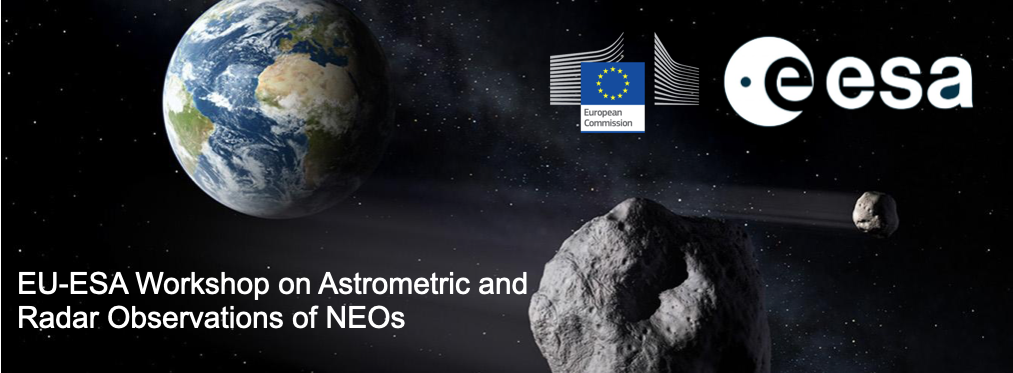Speaker
Description
Astrometric uncertainties are central to any orbit‑fitting procedure. The result of a fit is a nominal solution, which represents the single orbit that best matches the observations, and a confidence region describing the orbital uncertainty, which includes the set of orbital elements statistically compatible with the data and the error model. For well‑observed asteroids, the region is well approximated by a multidimensional ellipsoid. In contrast, for short-arc objects (e.g. objects on the Minor Planet Center's NEO Confirmation Page), the confidence region appears as a cloud of admissible orbits, whose distribution is frequently asymmetrical in shape, i.e. nonelliptical.
The confidence region depends on a realistic statistical model of observation errors: accurate error statistics determine both the shape of the region’s boundary and the probability distribution of orbits within it.
Astrometric errors are the result of several instrumental and observational factors, including but not limited to the pixel scale and aperture of the telescope, the astrometric catalog used for reducing the observations, the brightness of the observed objects, the observation technique and the observer. This yields a heterogeneous error distribution across the astrometric data set. A preliminary analysis of postfit residuals for observations of numbered objects indicates that the values are usually in the [–1, +1] arcseconds interval. These inhomogeneous uncertainties pose a significant challenge in the determination of precise orbital solutions.
To address this, we present a review of the statistical performances of all of the more than 300 million observations available for numbered objects in the Minor Planet Center database.

